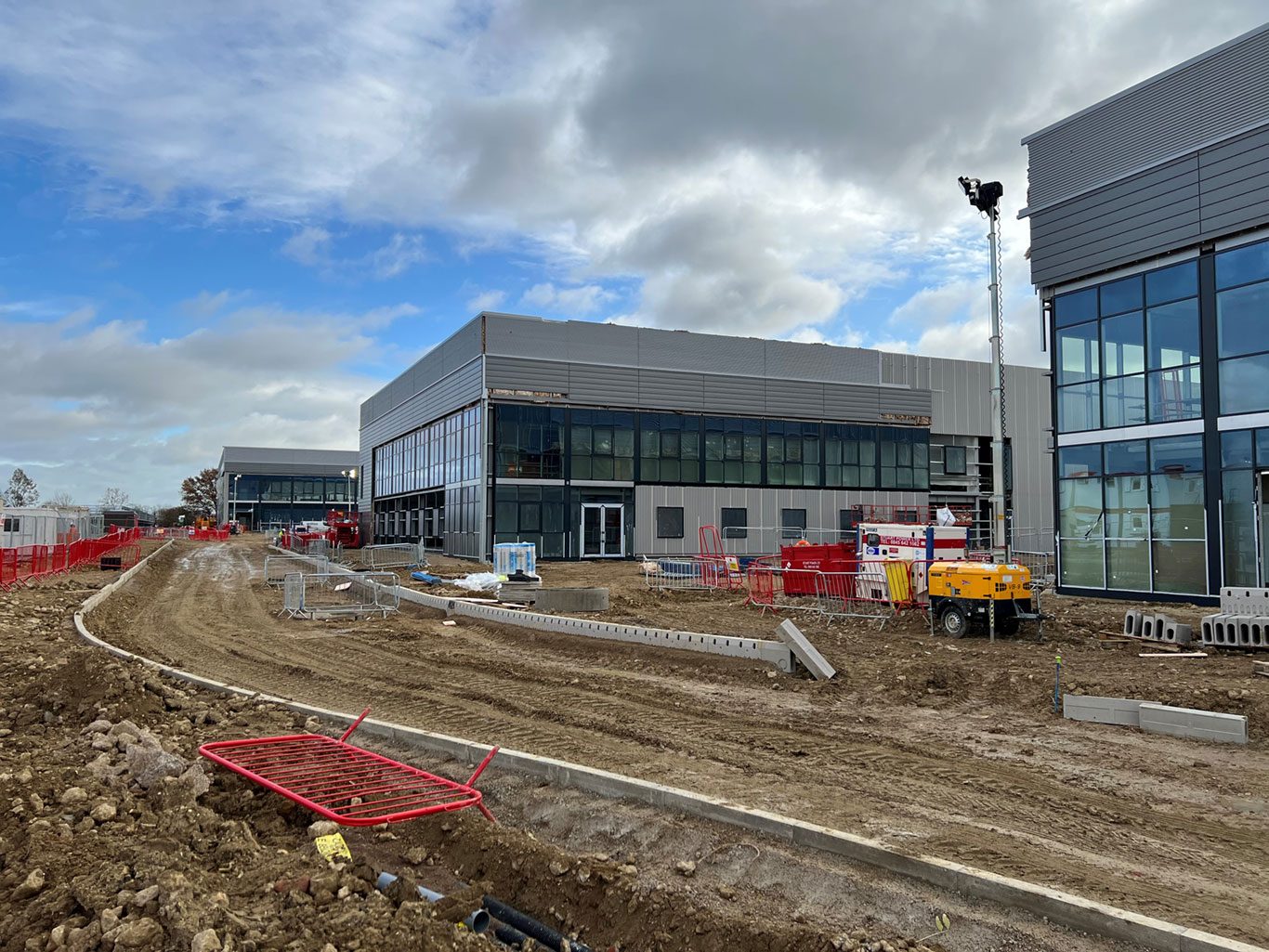Cambridge office
Glasgow office

Applied Ecology was appointed to support a planning application and the subsequent construction of Bourn Quarter, a net zero carbon production, R&D / life sciences and warehouse business park located to the west of Cambridge.
Applied Ecology completed a preliminary ecological appraisal and a suite of follow-up fauna surveys (reptiles, great crested newt, bats and badger) to inform: an ecological impact assessment; Habitats Regulation Assessment (HRA); biodiversity net gain assessment; and biodiversity enhancement strategy. The HRA evaluated the potential impact of the development on the ecological integrity of Eversden & Wimpole Woods Special Area of Conservation (SAC) which is a site of international importance for barbastelle bat Barbastellus barbastellus located 5.7 km to the south. Bat activity surveys completed by Applied Ecology verified low-level barbastelle activity within the site and, in particular, along an off-site woodland edge that bounded the site. The site was of low value to foraging bats and, working with lighting engineers, Applied Ecology helped inform a barbastelle bat friendly lighting scheme that kept key flight lines around the perimeter of the development unilluminated and ensured that the SAC would not be indirectly harmed by the development. Post construction bat activity monitoring completed by Applied Ecology has shown that barbastelles continue to operate within the same air space as previously within the developed site.
Applied Ecology also provided a call-off ecological clerk of works function to the building contractors on behalf of the developer and planned and implemented badger sett monitoring and closure under the auspices of a Natural England CL35 badger sett closure licence to enable construction operations to proceed lawfully.
The biodiversity enhancement strategy recommended wildlife friendly soft landscaping, swift nest boxes, bat boxes and insect hotels – all of which have been built into the scheme.

